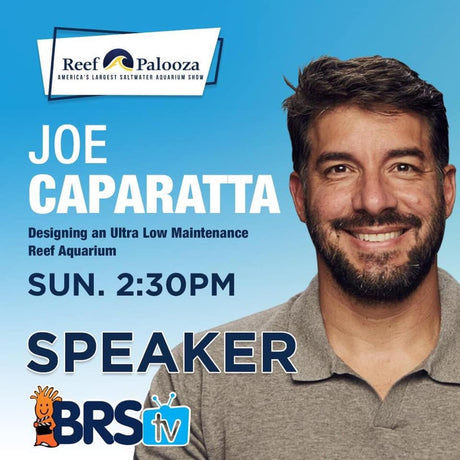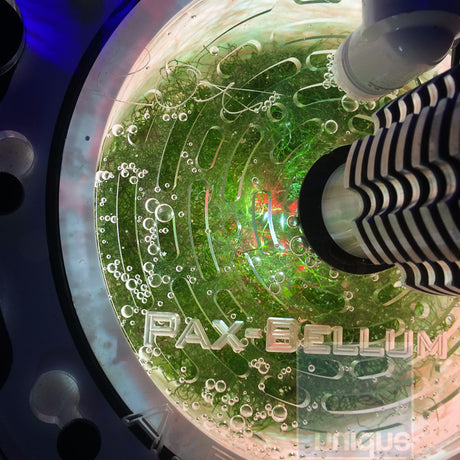
Hooray for Joe! We are proud to see you speak at Reefapalooza Chicago in Octorber
By Toni Nancy Xiong
Ever wondered why some people can have a super enjoyable reefing experience, while others huff and puff, and labor through it all? The process makes all the difference! Joe is...
Read more

